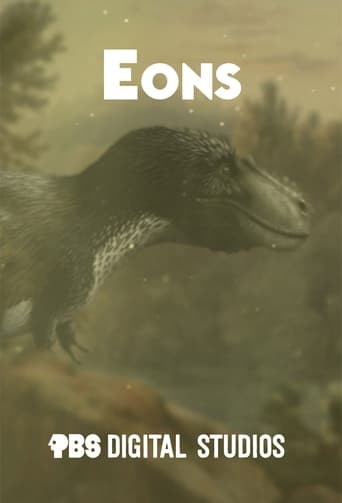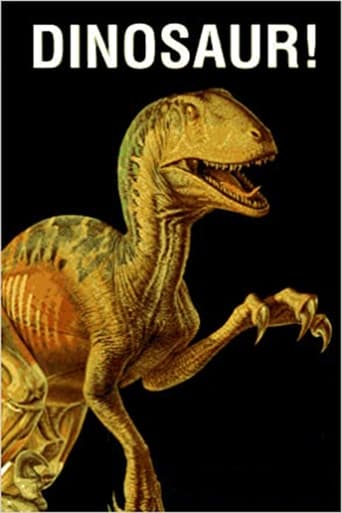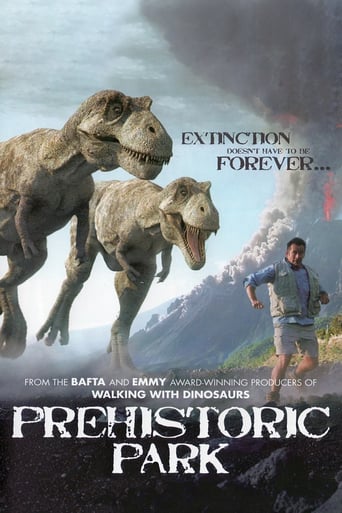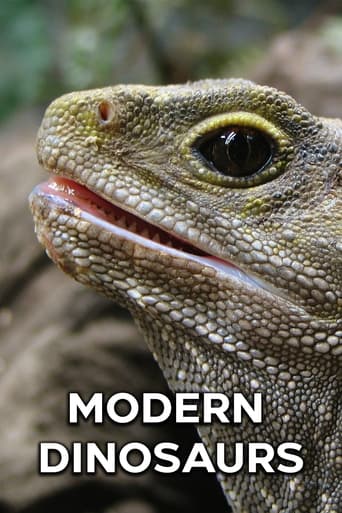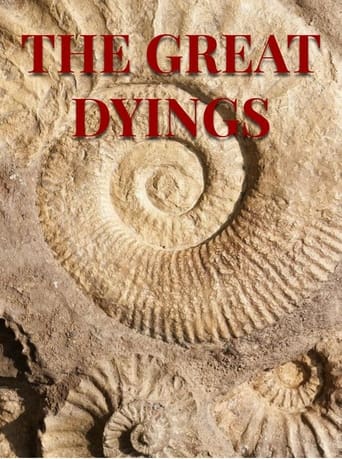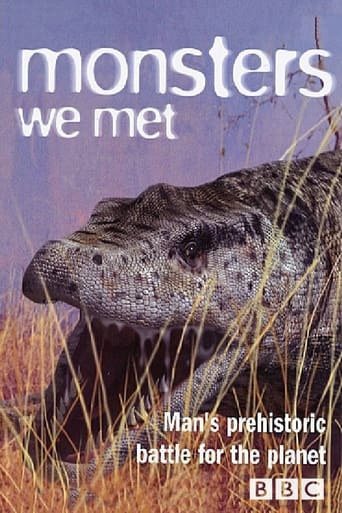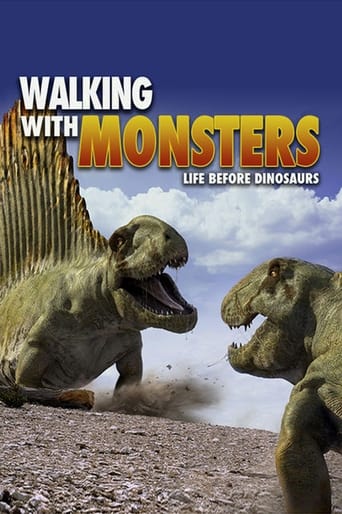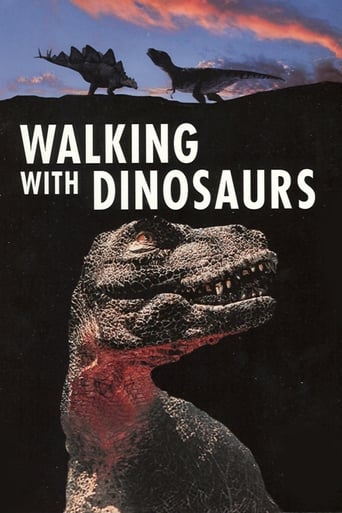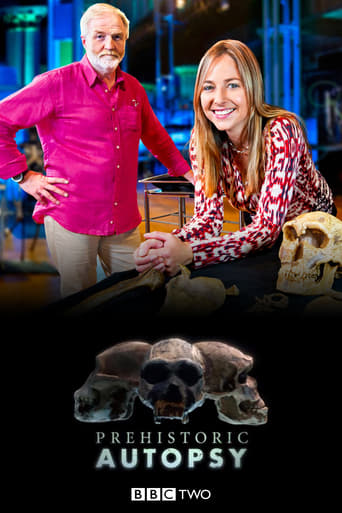Eons Season 4
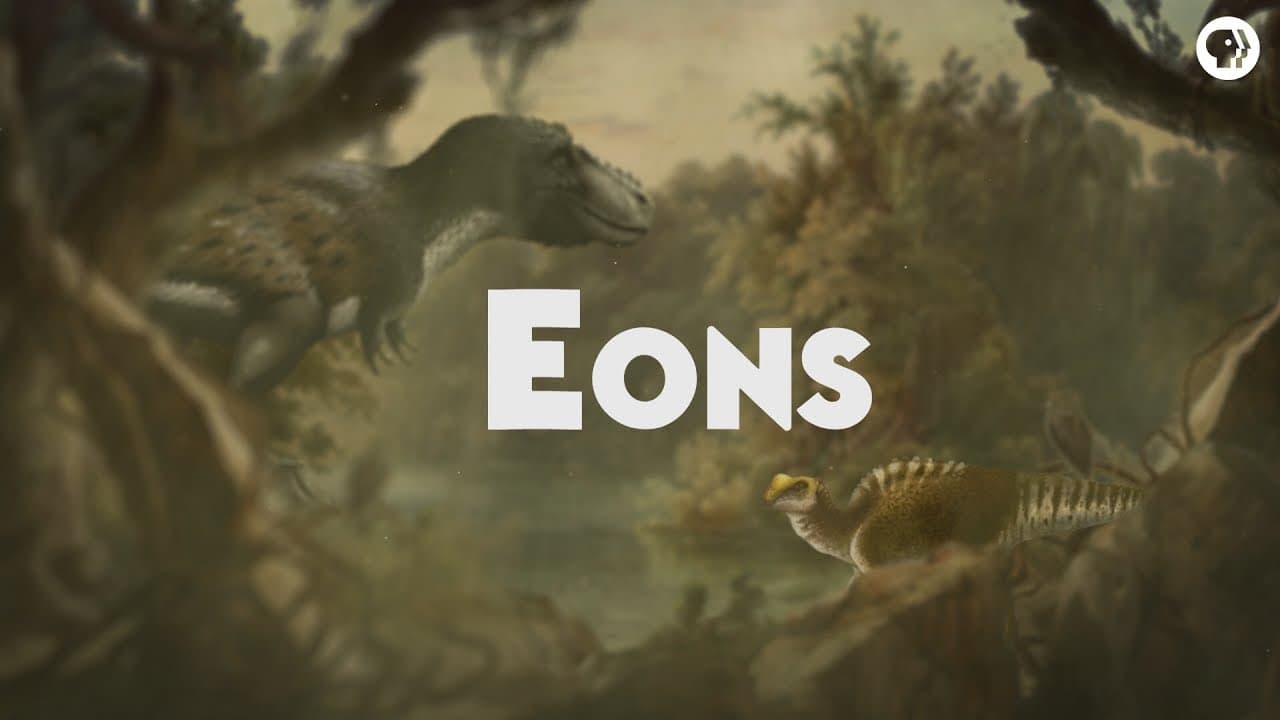
Join hosts Hank Green, Kallie Moore, and Blake de Pastino as they take you on a journey through the history of life on Earth. From the dawn of life in the Archaean Eon through the Mesozoic Era — the so-called “Age of Dinosaurs” -- right up to the end of the most recent Ice Age. The evolutionary history of mammals including humans and other modern species is explored with these amazing paleontology experts.
Watch NowWith 30 Day Free Trial!
Eons
2017 / TV-Y7
Join hosts Hank Green, Kallie Moore, and Blake de Pastino as they take you on a journey through the history of life on Earth. From the dawn of life in the Archaean Eon through the Mesozoic Era — the so-called “Age of Dinosaurs” -- right up to the end of the most recent Ice Age. The evolutionary history of mammals including humans and other modern species is explored with these amazing paleontology experts.
Watch Trailer
Eons Season 4 Full Episode Guide
Figuring out what this creature’s face actually looked like would take paleontologists years. But understanding this weird animal can help us shine a light on at least one way for ecosystems to bounce back from even the worst mass extinction.
For decades, scientists have been studying the cause of the Younger Dryas, and trying to figure out if something like it could happen again. And it turns out that what caused this event is the subject of a heated debate.
Lizards are incredibly widespread and diverse but it took them a long time to get to where they are now. Because they used to face some pretty stiff competition from a group of lizard look-alikes.
We’re the only primate without a coat of thick fur. It turns out that this small change in our appearance has had huge consequences for our ability to regulate our body temperature, and ultimately, it helped shape the evolution of our entire lineage.
It arose from rhino ancestors that were a lot smaller, but Paraceratherium would take a different evolutionary path. Believe it or not, it actually became so big that it probably got close to what scientists think might be the actual upper limit for a land mammal.
At more than 2 meters long, Aegirocassis was not only the biggest radiodont ever, but it also may have been the biggest animal in the Early Ordovician. This bizarre marine giant may have only been possible, thanks to a major revolution among some of the tiniest organisms in the world.
For some reason, animals keep evolving into things that look like crabs, independently, over and over again. What is it about the crab’s form that makes it so evolutionarily successful that non-crabs are apparently jealous of it?
While clubs are practically synonymous with ankylosaurs, we’ve only started to get to the bottom of how they worked and how this unusual anatomy developed in the first place.
How and why does botanical carnivory keep evolving? It turns out that when any of the basic things that most plants need aren’t there, some plants can adapt in unexpected ways to make sure they thrive.
Early primates not only lived in North America -- our primate family tree actually originated here! So what happened to those early relatives of ours?
These odd rodents belong to a genus known as Ceratogaulus, but they’re more commonly called horned gophers, because, you guessed it, they had horns. And it turns out the horns probably had a purpose - one that rodents would likely benefit from today.
In 1977, a farmer was plowing his field on a plateau high in the Andes mountains when he stumbled upon a giant fossilized skeleton. How did this giant marine reptile end up high in the Andes Mountains?
Beneath layers of rock art are drawings of animals SO strange that, for a long time, some anthropologists thought they could only have been imagined. But what if these animals really had existed, after all?
To figure out how Thrinaxodon and Broomistega became entombed together, scientists looked at the burrow itself, along with their fossilized bones. And it looks like their luck ran out, when a behavior that usually would’ve helped them survive just didn’t work.
Thanks to a recent adaptation, instead of getting sick from the boozy, fermented fruits, one of our primate ancestors could digest them safely, and get more calories at the same time. This new superpower would open up a whole new nutritional landscape for us: fermented foods.
Paleontologists have been studying these dinosaurs since the 1830s, but nobody had ever found a specimen like Borealopelta before. The key to all of this exceptional preservation was where ended up after it died and how it got there.
Untangling the origins of Beelzebufo -- the giant frog that lived alongside the dinosaurs -- turns out to be one of the most bedeviling problems in the history of amphibians.
To try to solve the puzzle of Lark Quarry, experts have turned to a special subfield of paleontology -- paleoichnology, or the study of trace fossils -- to reconstruct exactly what happened on that spot, on that day, nearly 100,000 millennia ago.
The rise and fall of ancient walruses, and how modern ones got their tusks, is a story that spans almost 20 million years. And while there are parts of the story that we’re still trying to figure out, it looks like tusks didn’t have anything to do with how or what these animals ate.
All told, the Arctic in the Cretaceous Period was a rough place to live, especially in winter. And yet, the fossils of many kinds of dinosaurs have been discovered there. So how were they able to survive in this harsh environment?
There was a time in Earth’s history that was so stable, geologists once called it the Boring Billion. But the fact is, this period was anything but boring. In fact, it set the stage for our modern version of plate tectonics - and probably for the rise of life as we know it.
There were a huge number of croc-like animals that flourished during the Triassic Period. Dinosaurs had just arrived on the scene but it was these animals that truly ruled the Earth, becoming both abundant and diverse.
Scientists had no idea what type of organisms the life forms of the Ediacaran were—lichen, colonies of bacteria, fungi or something else. It turns out, the key to solving the puzzle of Precambrian life was a tiny bit of fossilized fat.
There’s one kind of herpesvirus that’s specific to one species of primate, and each virus split off from the herpesvirus family tree when the primate split off from its own tree. But of course, humans are a special kind of primate.
In the middle of the Cambrian, life on land was about to get a little more crowded. And those newcomers would end up changing the world. The arrival of plants on land would make the world colder, drain much of the oxygen out of the oceans and eventually, it would help cause a massive extinction event.
At a site known as Cerro Ballena or Whale Hill, there are more than 40 skeletons of marine mammals -- a graveyard of ocean life dating back 6.5 million to 9 million years ago, in the Late Miocene Epoch. But the identity of the killer that they finally settled on might surprise you.
We can track our history of eating just about anything back through the fossil record and see the impact it’s had on our evolution. Throughout time, part of the secret to our success as a species has been our early - and sometimes fatal - experimentation with food.
In some places, the rocks below the Great Unconformity are about 1.2 billion years older than those above it. This missing chapter in Earth’s history might be linked to a fracturing supercontinent, out-of-control glaciers, and maybe the diversification of life itself.
We’re still figuring out the details, but most scientists agree that it took thousands of years of interactions to develop our deep bond with dogs. When did they first become domesticated? Where did this happen? And what did the process look like, in terms of genetics and anatomy?
The story of the egg spans millions of years, from the first vertebrates that dared to venture onto land to today’s mammals, including the platypus, and of course birds. Like chickens? We’re here to tell you: The egg came first.
Today, we think of penguins as small-ish, waddling, tuxedo-birds. But they evolved from a flying ancestor, were actual giants for millions of years, and some of them were even dressed a little more casually.
The climate of the Sahara was completely different thousands of years ago. And we’re not talking about just a few years of extra rain. We’re talking about a climate that was so wet for so long that animals and humans alike made themselves at home in the middle of the Sahara.
About 59 million years ago, the largest animal lurking in the ancient forests of Colombia by far was Titanoboa - the largest snake ever known. It’s only been in the past few years that we’ve put together the many pieces of this puzzling creature, but it turns out that the greatest snake that the world ever saw was made possible by a warming planet.
The Carboniferous Rainforest Collapse set the stage for a takeover that would be a crucial turning point in the history of terrestrial animal life. If it weren’t for that time when the rainforests collapsed - in an extinction event that you probably haven’t heard of - our ancestors might never have made it out of the swamps.
Long necks gave sauropods a huge advantage when it came to food, but not in the way you think. And this benefit would allow them to become the biggest terrestrial animals of all time!
Throughout the Cenozoic Era -- the era we’re in now -- marsupials and their metatherian relatives flourished all over South America, filling all kinds of ecological niches and radiating into forms that still thrive on other continents.
From end to end, its forelimbs alone measured an incredible 2.4 meters long and were tipped with big, comma-shaped claws. But other than its bizarre arms, very little material from this dinosaur had been found: no skull, no feet, almost nothing that could give experts a fuller picture of what this dinosaur actually was.
Throughout the first half of the 20th century, Neandertals were thought to have been…primitive. Unintelligent, hunched-over cavemen, for lack of a better word. But the discoveries made in that Iraqi cave provided some of the earliest clues that Neanderthals actually behaved -- and likely thought and felt -- a lot like we do.
How could a body of water as big as the Mediterranean just...disappear? It would take decades and more than 1,000 research studies to even start to figure out the cause -- or causes -- of one of the greatest vanishing acts in Earth’s history.
Free Trial Channels
Seasons


